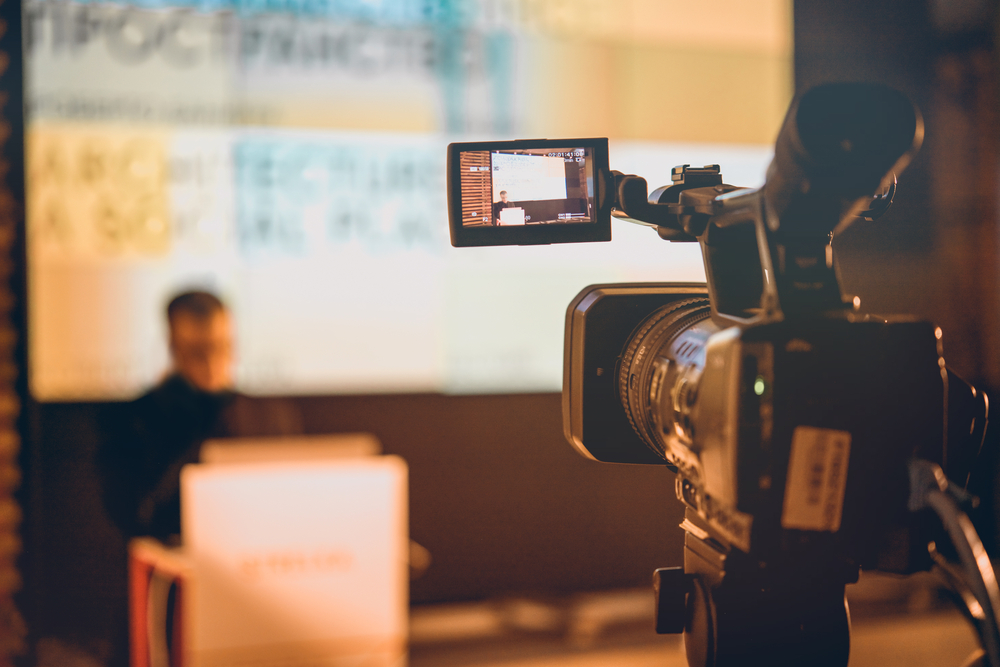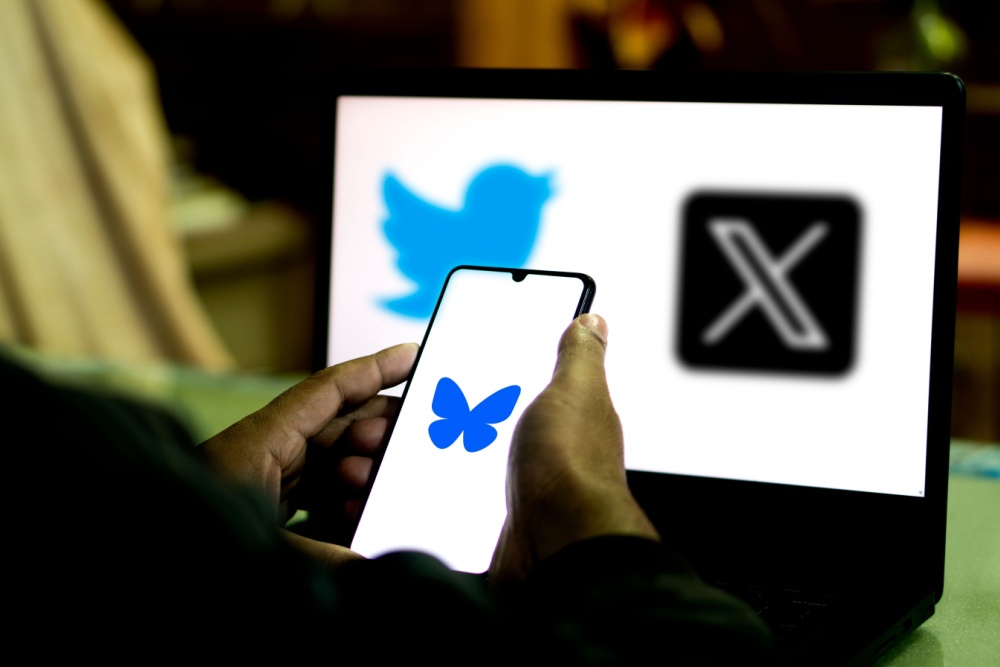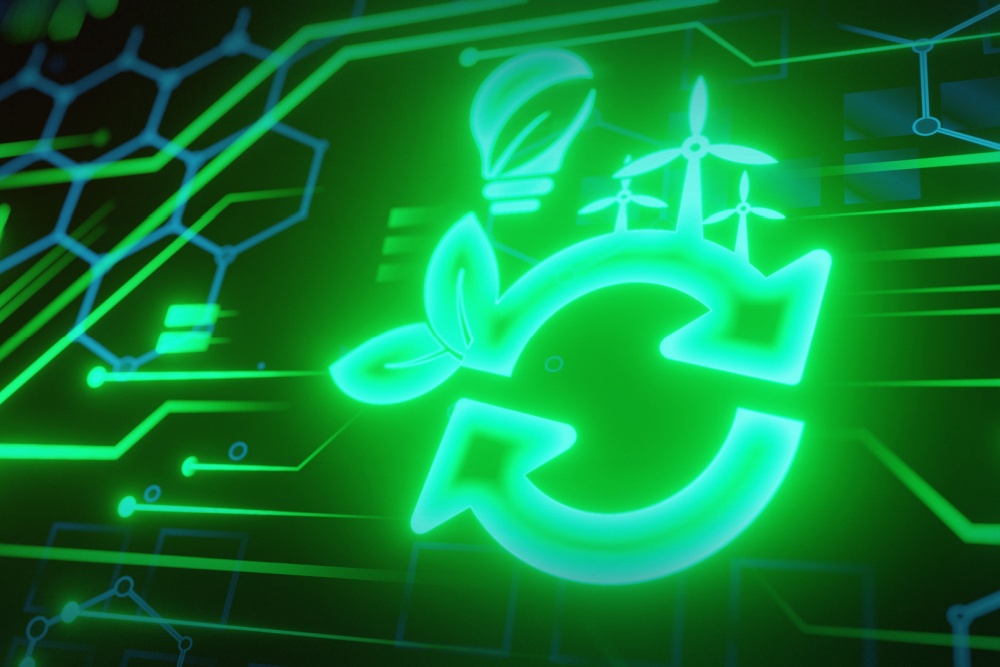Monday, I participated in a session on cybersecurity at a virtual conference hosted by United Philanthropy Forum. (Here’s a link to the conference website if you’re interested). This session featured a new (at least, new to me) twist: we recorded the session ahead of time. No live presentation (although the chat channel was live.) After experiencing this format, I got to thinking about the forms of digital engagement we now encounter.
What is Digital Engagement?
“Digital engagement”. That sounds like a term any consultant could love! Had I just created a new thing? No. Turns out Salesforce has been hyping the term. And there’s even a website covering the topic for public sector organizations. What does “digital engagement” mean? Well, it can mean a lot of different things (+1 for consultants), ranging from social media to fostering an ongoing conversation with funders, grantees, subscribers and business partners… The common thread across all these activities is that digital engagement involves some sort of conversation.
Prepare to Engage. Digitally.
As the COVID-19 epidemic spreads deeper into the US, conferences continue to shift to a virtual format. I have two more cybersecurity speaking engagements later this year. Both are virtual. Microsoft has shifted its annual partner conference to a virtual format. One of the membership organizations that participate in is rethinking the way to organize their gatherings and networking events. You still need to engage with your customers and business partners. It’s now almost certain that you will conduct this engagement in a virtual manner. Welcome, digital engagement.
Let’s Chat
Let’s go back to my cybersecurity session. It was a panel discussion that included Jonah Silas Sheridan from Information Ecology and Karen Graham from Tech Impact. Val Rozansky from United Philanthropy Forum was the session host. We all had met previously to sketch out the agenda and speaking assignments for the session. After storyboarding the content, we got on a Zoom call this past Friday and recorded the panel discussion. (a recording of the discussion is available on the United Philanthropy Forum website. Be sure to check it out. Listen for my dog, Mona, barking at the gardeners during my speaking time.)
On Monday we joined the session and watched the recording. Viewers posted questions in the chat box and we were able to answer them right away. We also took the opportunity to post a few discussion questions as a way of getting a conversation going with our audience. Because the discussion had been recorded ahead of time, we focused our digital engagement on chat. We (on the panel) could each respond to the comment or question a viewer had posed. We could ask questions as well, which stimulated more discussion.
Talk to the Camera
Since the COVID-19 pandemic hit, I’ve participated in several virtual events. There’s a key difference in how you approach a virtual event vs. an in-person event. It’s the first point in this Fast Company article by the person who runs virtual events for Microsoft: in virtual you approach things in a cinematic way, while in live events you approach them in a theatrical way. What does that mean? For one thing, it means breaking your event down into digestible chunks. As Karen Graham said on one of our calls, it means changing your slide every minute to keep the audience engaged. A cinematic approach means getting a decent webcam. It means paying attention to your lighting, so you don’t look like you’re broadcasting from your closet. It means rescheduling the gardeners so your dog doesn’t feel the need to bark while you’re speaking.
I Have to Adapt to this New Style of Digital Engagement
I can attest to this difference. In person, I like to get out from behind the podium and march around the stage or even walk around among the audience. In the virtual form of digital engagement, I can’t do that. If I’m not talking to the camera, I’m not talking to my audience. This can be a challenge if I’m also trying to look at the faces in the audience to see how they’re reacting to my message. It’s also a challenge if I’m simultaneously trying to monitor the chat window. (That’s why having more than one meeting moderator is a good idea in virtual events.)
In the record-first style of digital engagement I can’t make up the story as I go along. This is especially true if I’m recording my remarks in one take. There’s no going back to edit out the em’s and uh’s. (Or your dog’s barking.) In this method of digital engagement, the flow is more like delivering a speech. I don’t have to memorize what I want to say, but I do have to have a good sense of my key messages.
There are many other great suggestions in the Fast Company article about how to create an engaging virtual event. (Hint: polls are fun and useful!) And we do need to talk about when to use the “meeting” vs. “event” version of apps like Zoom, GoToMeeting and Teams. Look for that in an upcoming post!





0 Comments